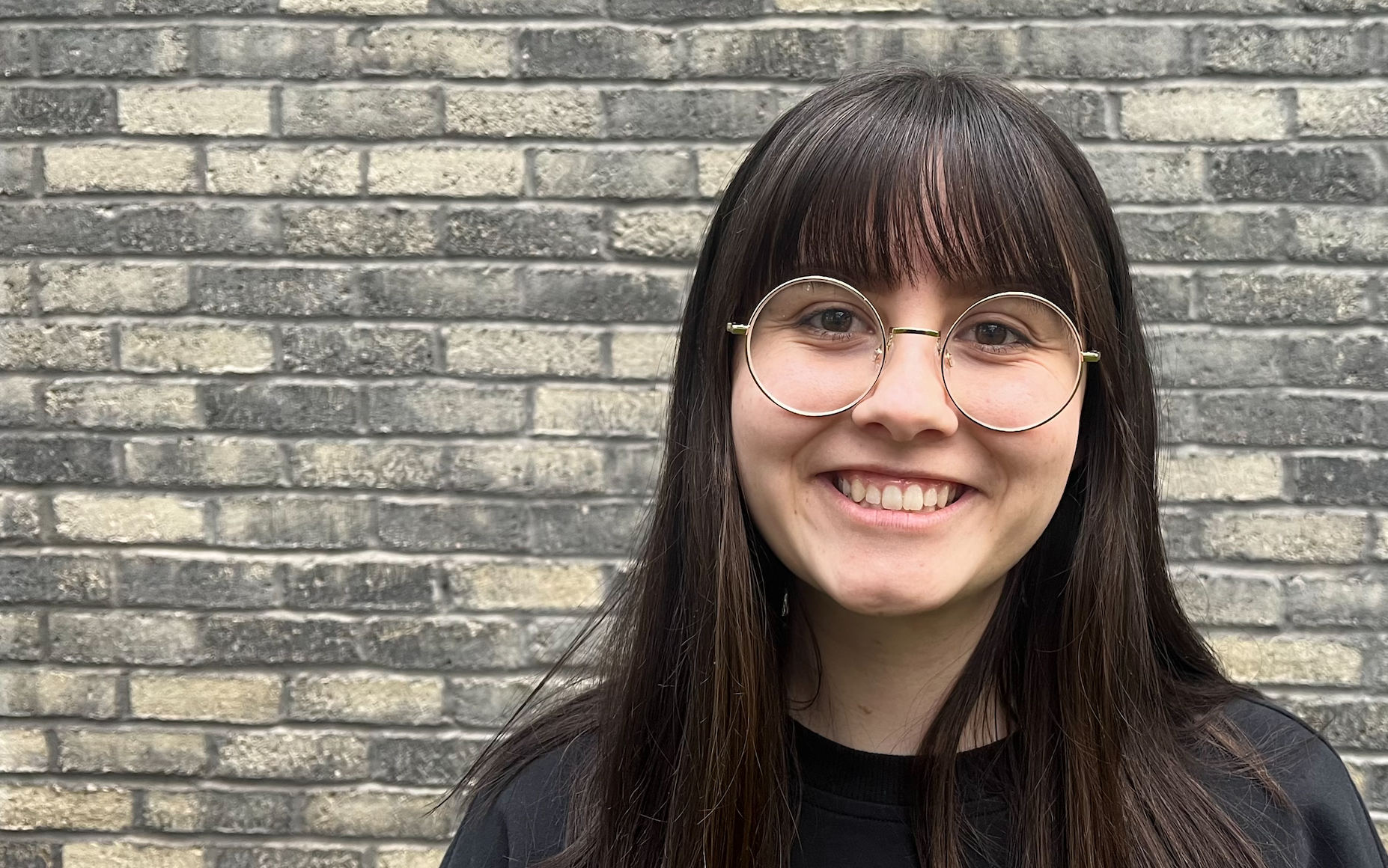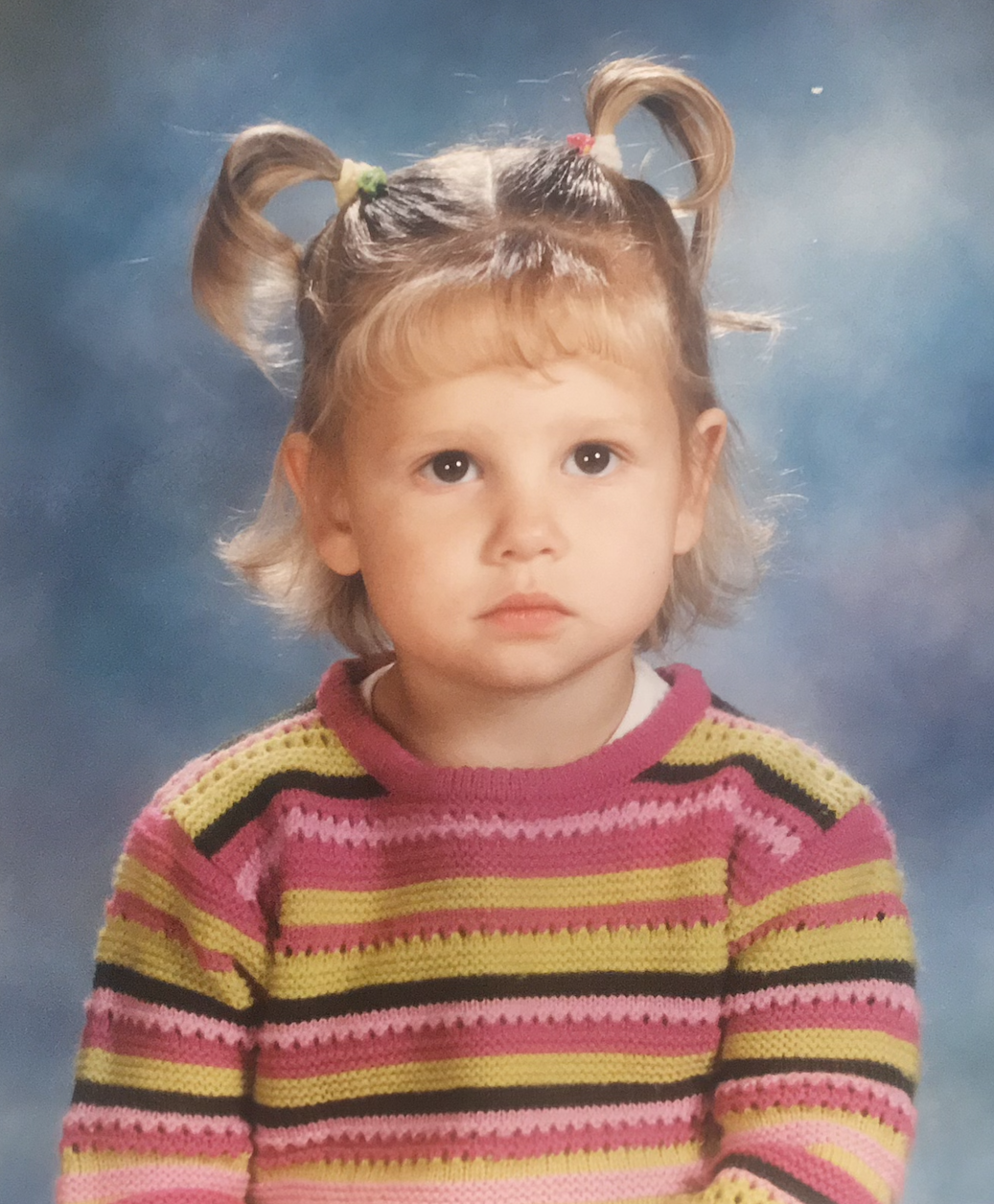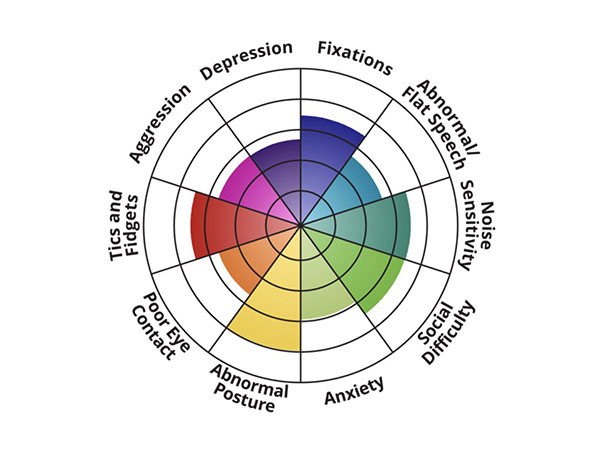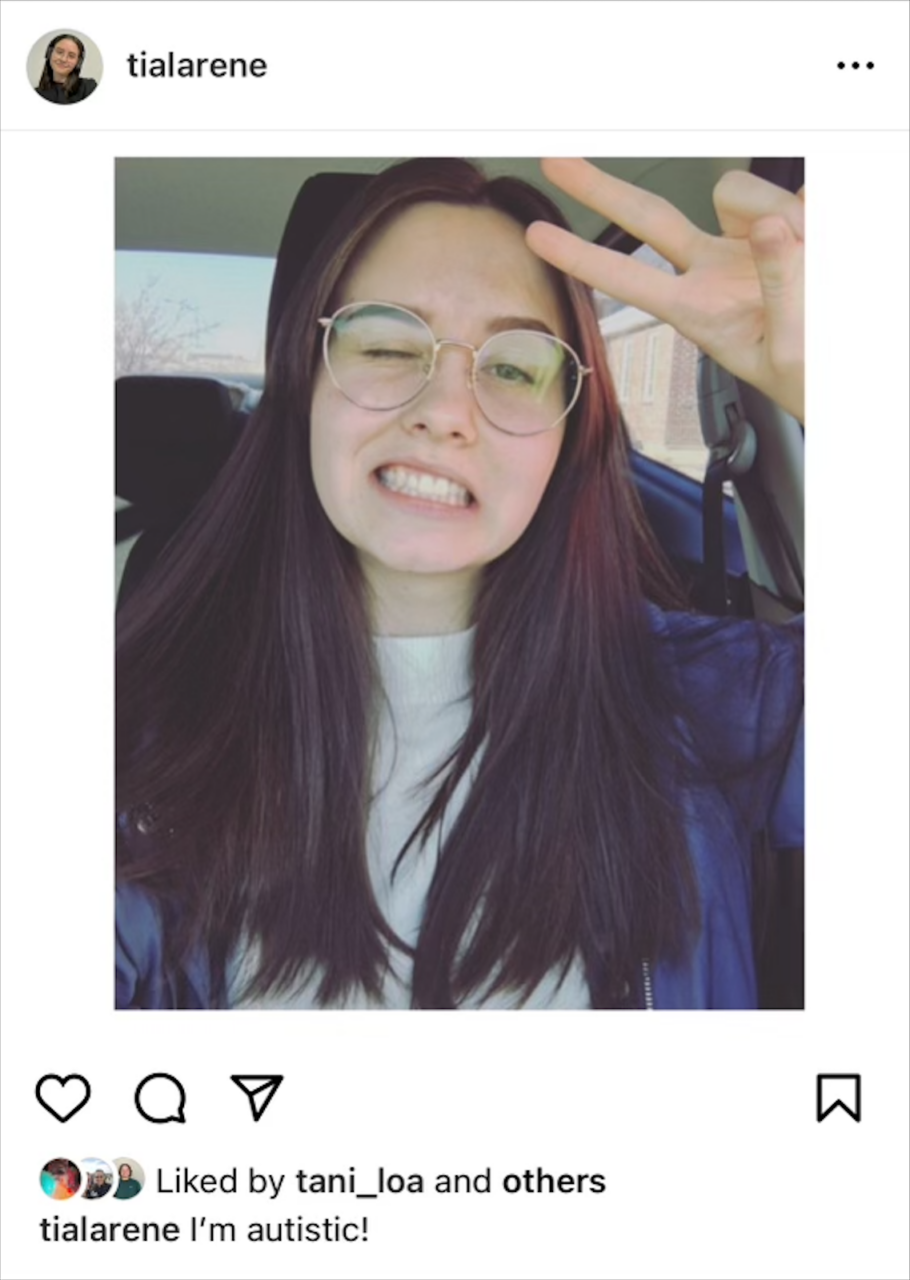
Tia Young, a 23-year-old UVU graduate of Orem, is working to improve the world’s perception and acceptance of autism. Young shared her experiences being diagnosed as autistic at 21 years old and learning to advocate for autism in all varieties.
“There’s not a look to autism. Just like how everyone is different — like how me and you are different — every autistic person is different, too,” Young said.
Personally, Young noted she started to notice some differences in herself in middle school, although she did not know it was autism at the time.

“I felt like suddenly all my friends didn’t seem to be my friends anymore, and I didn’t understand why that was,” Young said. “I don’t know if at the time I would say I recognized it necessarily as autism, but I felt like there was a difference … like a disconnect between me and my peers.”
Although she did not notice this disconnect while in elementary school, she mentioned the differences likely grew in middle school due to the social nuances that begin to shift at that age. Some friends started to call her rude or sarcastic as well, Young said.
“My social battery would just run out so fast compared to everyone else and people said I was so rude, and I didn’t understand why I felt these things,” Young said.
In high school, Young said she learned about her family’s hereditary potential for autism.
“My dad is not diagnosed, but as a child his parents thought he might be autistic, so I thought this actually might be something to consider. But then it wasn’t until college that it became my special interest — my hyperfixation — that I just did all this research for autism.”
Young said she listed many of the qualities she related to from her research and then, as her mental health continued to decline during the COVID-19 pandemic, she knew she wanted to get tested for a diagnosis.
“I was like, I need to have an answer to this. I don’t care if it’s autism or not, I just need to know,” Young said. “I think what I really wanted was validation. I was like, am I crazy for thinking this? Is there really nothing different about me?”

When she first decided to tell people about her decision, Young said it was scary because she did not know how people were going to react. Luckily for her, they were nothing but supportive, she said.
Young’s parents were able to help her research the facilities in Utah that give diagnoses, and they found only one in the state that would diagnose adults in 2021, Young said.
“I was lucky to even find one that does adults, because I didn’t want to be pushed away, denied for my experiences because that’s very common,” Young said. “People have this idea that if you’re an adult, you can make eye contact, you can do these things, then it’s something else … so it makes it hard.”
According to the National Institutes of Health, it is estimated only approximately 2.21% of adults in the U.S. live with Autism Spectrum Disorder.
“For the longest time they just researched young boys, and still today people think that’s what autism looks like … so that’s still a big part of what people see in media, and that’s what they think autism is,” Young said.
After getting her diagnosis, Young says she has been able to more easily recognize and plan for symptoms like sensory overload, and friends and family have become more empathetic towards autistic people and their experiences.
“I’ve learned a lot about some of the harmful stereotypes that are out there and … correcting those things when other people are using them as well, which can be uncomfortable, but I think it’s a good thing,” Tia Young’s husband, Mitchell Young, said.

To better support autistic people, Tia Young recommends proper education about the nature of the spectrum, as well as correct use of terminology.
“People used to say … low functioning and high functioning. We in the autistic community prefer to say high support needs versus low support needs,” Young said.
Young explained low support needs correspond to a level 1 diagnosis, and high support needs correspond to a level 3 diagnosis, with level 2 function in the middle. These can be displayed in a variety of ways, Young said.
“A big thing that I just wish everyone understood is the nature of the spectrum,” Young said. “It’s not a linear thing — more autistic or less autistic — it’s a pie chart, a circle that has a bunch of different slices where it’s sensory things, social understanding, stimming, anxiety, rigidness, routines.”
Young is proactive about sharing her experiences on social media, often offering question-and-answer or other engaging opportunities on Instagram stories.

“I like to go find resources from autistic people themselves, or from community organizations that actually support autistic people, and then share their resources — whether that’s what the spectrum actually looks like, just talking about different terms that relate to autistic people … and sharing other people’s stories as well,” Young said.
Now that she has graduated, Young hopes to continue educating and spreading the word about true experiences from autistic people.
“I think just getting the word out there is what I want to do, and mental health as well,” she said. “If that comes in the form of a book or whatever it is, I think it would be awesome to share.”




